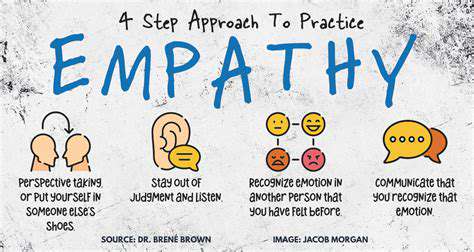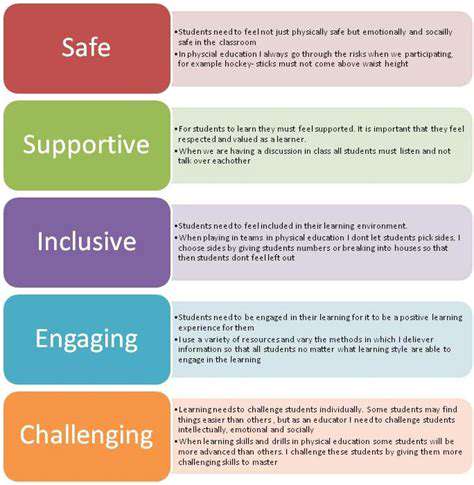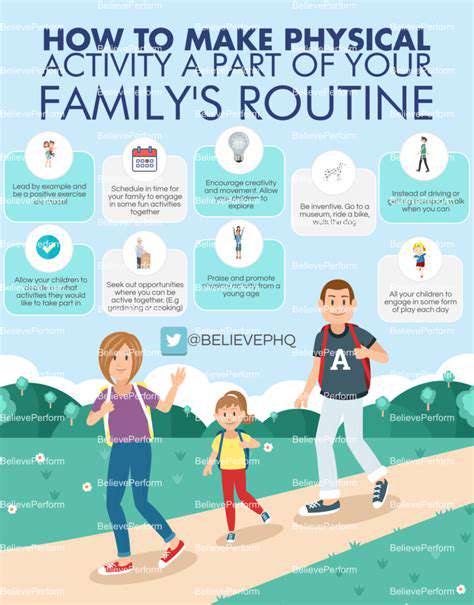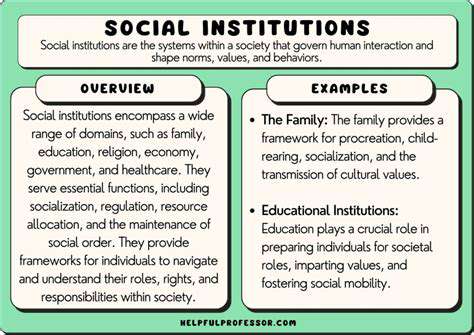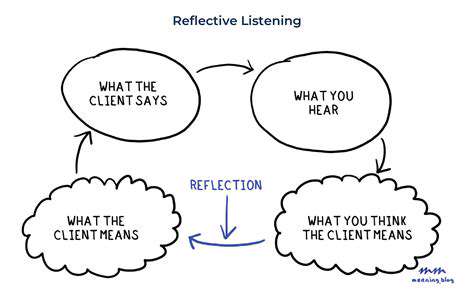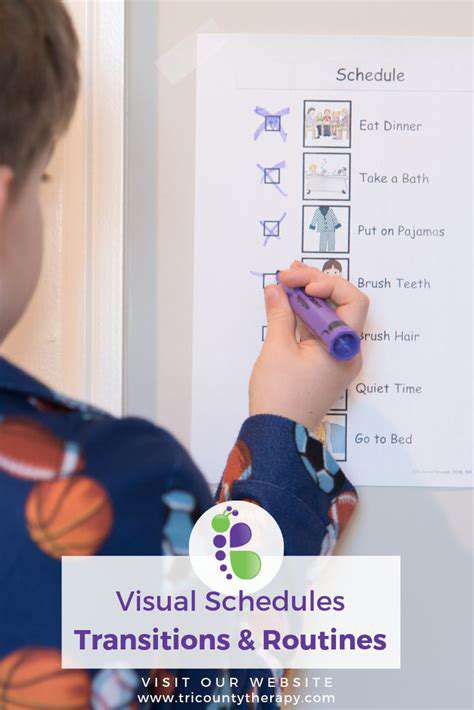Conquering Potty Training: Tips and Tricks for Success
Creating a Positive and Supportive Environment
Understanding Your Child's Readiness
One of the most important factors in successful potty training is recognizing when your little one is truly prepared. This goes beyond just physical readiness—it's about emotional and cognitive development too. Watch for telltale signs like consistent awareness of needing to go, the ability to communicate their needs (even through simple gestures or sounds), and showing curiosity about the process. Pushing too soon can create unnecessary stress for both of you, so taking time to observe and wait for the right moment makes all the difference.
Physical readiness matters too. Notice if your child has predictable bowel movements or stays dry for longer stretches during the day. These are clear signals their body is developing the necessary control. Remember that every child progresses at their own pace—what worked for their older sibling or a friend's child might not be the right approach here. Patience and flexibility are your greatest allies.
Establishing a Routine
Consistency forms the foundation of effective potty training. Start introducing regular bathroom visits—after meals, following naps, and before bedtime—even if your child isn't quite ready to use the potty yet. This helps them become familiar with the rhythm and connects bodily signals with the appropriate place to go. Over time, these patterns become second nature.
Visual aids can work wonders for young learners. A simple chart with pictures showing when it's time to visit the bathroom helps create predictability. Having a dedicated, comfortable space with all necessary supplies makes the process feel more manageable and less intimidating. The key is making potty time feel like a normal, positive part of their day rather than something stressful or scary.
Choosing the Right Potty and Supplies
Selecting equipment that suits your child's needs can significantly impact their willingness to participate. Look for a potty that's the right size—not too big or intimidating—with features that appeal to them, whether that's a favorite color or a fun design. Comfort is crucial for building positive associations, so let them have some say in choosing their special potty.
Placement matters too. Keep the potty in an easily accessible spot near where they spend most of their playtime. Having everything within reach removes potential obstacles and makes the process smoother for everyone involved.
Positive Reinforcement and Encouragement
Celebration and encouragement go a long way in motivating young children. Every small success deserves recognition—whether it's sitting on the potty without fuss or actually using it correctly. Simple rewards like stickers, special praise, or a favorite activity afterward can work wonders. Your positive attitude sets the tone, so focus on what's going right rather than any missteps.
Help your child feel proud of their growing independence by highlighting how capable they're becoming. Keep interactions light, supportive, and free from pressure. This positive foundation makes all the difference in creating lasting success.
Addressing Accidents and Challenges
Mistakes are completely normal and expected during this learning process. When accidents happen, stay calm and matter-of-fact in your response. Clean up together if appropriate, but avoid making it a big deal. Reassure your child that it's okay and remind them where we go next time.
If you hit persistent roadblocks, don't hesitate to consult your pediatrician or a child development specialist. They can offer personalized guidance tailored to your child's unique needs. Remember—there's no single right way to potty train, so stay flexible and adjust your approach as needed.
Handling Accidents and Setbacks with Grace

Understanding the Nature of Accidents and Setbacks
Life inevitably includes unexpected challenges, both big and small. These moments—whether minor stumbles or significant obstacles—test our resilience and adaptability. The healthiest perspective views setbacks not as failures but as valuable learning opportunities. They push us to develop new strategies, build emotional strength, and often lead to unexpected growth.
Developing this mindset requires honest self-reflection and acceptance that perfection isn't realistic or necessary. True progress comes from how we respond to difficulties, not from avoiding them altogether.
Developing a Proactive Approach to Prevention
While we can't predict every challenge, thoughtful preparation significantly reduces their impact. Regular evaluation of routines and processes helps identify potential weak points before they become problems. Building in buffers and contingency plans creates resilience—whether that means allowing extra time for important tasks or having backup resources available.
This proactive mindset extends beyond practical planning—it's about cultivating mental flexibility. When we expect that adjustments will sometimes be needed, we're better equipped to handle them calmly.
Effective Strategies for Addressing Setbacks
When challenges arise, start by assessing the situation objectively. What actually happened? What factors contributed? This clear-eyed analysis prevents overreaction while identifying useful lessons. Resist the urge to assign blame—focus instead on constructive solutions.
Don't underestimate the power of support networks. Sharing challenges with trusted friends or mentors often provides fresh perspectives and emotional relief. Their experiences might offer valuable insights you hadn't considered.
Building Resilience and Adaptability
True resilience develops through practice—facing difficulties and discovering you can work through them. It's not about avoiding discomfort but learning to navigate it effectively. Small daily practices like mindfulness or gratitude journaling can significantly strengthen this capacity over time.
Adaptability thrives when we remain open to alternative approaches. The willingness to pivot when circumstances change is a hallmark of emotional maturity. Celebrate flexibility as a strength rather than viewing it as inconsistency.
Staying Patient and Persistent for Long-Term Success
Understanding the Long Game
Meaningful progress rarely happens overnight. Whether potty training or pursuing personal goals, sustainable success comes from consistent effort over time. Adjust your expectations to celebrate small milestones along the way—each one builds toward the ultimate objective.
Comparing your journey to others' creates unnecessary pressure. Focus instead on your unique path forward, making adjustments as you learn what works best in your specific situation.
Consistency and Persistence in Action
Reliable routines create stability during learning processes. Whether it's regular potty breaks at consistent times or dedicated practice sessions for a new skill, predictability builds confidence and competence. Your steady presence and encouragement make all the difference.
When obstacles arise—as they inevitably will—view them as temporary rather than definitive. Persistence isn't about never struggling; it's about continuing despite the struggles. Each time you problem-solve through a challenge, you're building valuable life skills.
Stay open to adjusting your methods when needed. If one approach isn't yielding results after a fair trial, don't hesitate to try alternatives. Flexibility combined with determination creates the most reliable path to success.
Remember that seeking guidance isn't a sign of weakness—it's a smart strategy. Professionals can offer tailored advice that might save considerable time and frustration.

